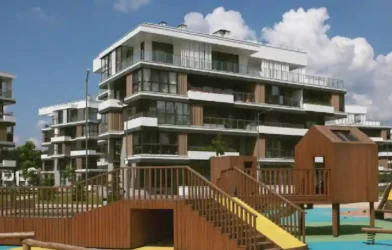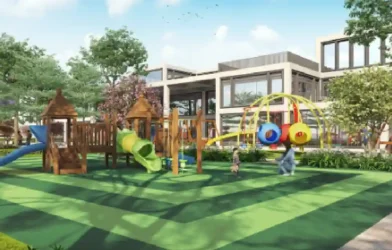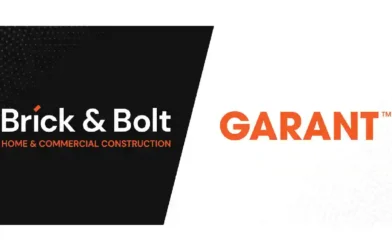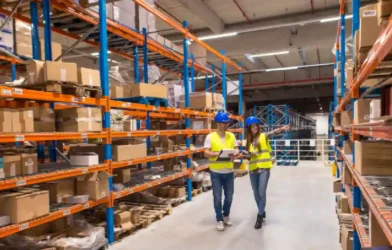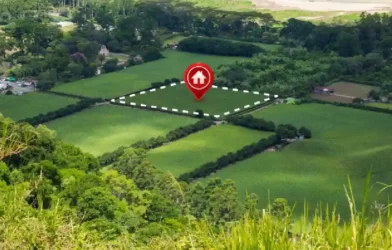Subtotal ₹0.00
Located in 330 cities across 120 countries including India, World Trade Centres deliver integrated reciprocal resources to stimulate trade and investment opportunities for commercial property developers, economic development agencies and international businesses taking to connect globally and prosper locally. Here in this exclusive interview to Torbit Realty, Khair Ull Nissa Sheikh, Executive Director , World Trade Centre India talks about the concept and growth of WTCs in India and their role in catalysing the growth of real estate in general and commercial real estate in particular, capturing the key future trends. Excerpts
Vinod Behl
How do you look at the journey of WTC in India so far and what is the road ahead ?
Our journey in India started in 1978 with the launch of our first centre in Mumbai . It was a PPP project with the Maharashtra government and the Vigneshwara Trust . In 1995 WTC Bangalore came up as part of an integrated township- Brigade Gateway Towers. This was followed by WTC Pune in 2013 and and in 2016, came up with our largest centre in Noida spread over 5.2 msf. Presently 7 WTCs are operational and by 2030, we will be coming up with over 30 WTCs.
Our journey started with a PPP but now we are associating with private developers. Over a period of time the positioning of developers has changed and now there is a lot of commitment from them. Today, brand WTC is well established and both state governments and developers are looking at us as facilitators of trade and investment where real estate is offered as a service. At WTC we not only provide real estate but also services for growth- we mentor, provide access to marketing and money besides networking opportunities. Even private equity funds are now showing a lot of faith in us. A Singapore based PE fund Viridian is developing 13 WTCs in India, transforming regions beyond real estate.
In the current hybrid work model scenario, how can developers meet the challenge of promoting both privacy and collaboration where remote and in office employees can work cohesively ?
In the wake of the rise of Tier 2 and Tier 3 cities , what is WTC’s future growth strategy in these towns ?
WTC is a one stop umbrella for the government, industry, corporates, MSMEs, trade organisations and chambers of commerce. WTCs are MSMEs hubs. Today the maximum growth for MSMEs is in Tier 2 and Tier 3 cities. A lot of infrastructure development is happening in these cities and new smart cities are coming up here. So like metros, these smaller cities are equally important for us. As such we are progressively making our presence in Tier 2 and Tier 3 cities. We are present in Chandigarh and Mohali. We have launched a WTC in Faridabad and soon we will be in Ludhiana. We have also planned our centres in Amritsar, Patna, Bhopal, Surat and Vadodara.
How do you look at the change in workspace designs in the post-covid period ?
Post-covid, there is a paradigm shift in design parameters. There is now increased focus on design elements that provide a healthy conducive work environment to employees in the office to encourage collaboration and productivity. Today RFPs give additional requirements from large occupiers. Fortune 500 companies have ESG goals from both infrastructure and services perspective. These are not just IT specific but sector angoistic. Earlier also, ESG was there but we thought it was just for the sake of global mandate. Today, new parameters are much more demanding.
We are green crusaders providing mainstream green. Even before the pandemic, we were green compliant. For international investors we go for the highest green certifications like LEED, Gold, Platinum. We are partners who are developing infrastructure which is very regional-centric. So, we are GRIHA compliant as well.Our centres also have WTC certification.
How promising is global funding. Will commercial office space remain attractive for global investors?
It is not just commercial real estate , it is the fast growing economy of India which is attracting global investors. Commercial real estate is an indicator of how well the economy and businesses are doing and how companies are expanding. The government is doing so much on the policy front to promote ease of doing business. Under the ‘Make in India’ initiative, a holistic approach is being adopted to promote every sector in manufacturing.
Commercial real estate will remain the mainstay of funds. The landmark reforms like RERA, GST, REITs are all contributing to boost investor sentiment. The affordable segment will also see FDI inflows in coming times. We are talking of green, blue architecture- real estate infra is very encompassing. It is an amazing time for India to be in,
How do you see the role of REITs in driving FDI and creating a healthy ecosystem of office space?
REITS are going to be a very large opportunity. REITS are still in single digit in India. Because of Covid the expansion of REITs was delayed. By 2025, we will see the number of REITS reaching double digits in India. We have great growth potential in Tier 2 and Tier 3 cities. With the rising residential demand, there is a potential for residential REITs. Foreign investors including institutional investors are looking at ROI , capital appreciation, safety of investment and credibility of organisations for deploying funds. In commercial real estate they are getting higher ROI .
The hybrid work model has seen the rise of flexible workspace. Going forward, how do you foresee its growth vis a vis corporate real estate ?
Till 2023, we might see good scope for flexible space.But going forward, we will see a huge change in the jobs ecosystem. The current jobs will not be there. Job contracts and rumnerations will undergo change. Work from home variables will be added. Full time jobs will come back in a couple of years. as demands of business will force that. Some businesses will be scattered and some consolidated. The companies will start investing in in individuals’ infra and capex will rise. Real estate is a miniscule cost- wifi, data, wellness and opex costs will increase .
Going forward, what new trends you foresee for commercial office real estate with respect to developers, occupiers and investors ?
The most important trend is the collaborative approach between developer and occupier. There will be changes in regulations and compliances due to business demands.ESG compliance will be very high. The residential component in mixed use developments will increase in alignment with international standards. There will be more focus on walk to work concept Because of foreign investments, demand for Grade A buildings will go up. There will be lot of stress on green , blue architecture.Investors will look at international standard projects and developers will make projects occupier- friendly. Work station sizes will again go back to 100sq ft and there will be more space for pantry, common room, meeting area. There will be lot of built-to-suit opportunties with very large floor plates in buildings. We will have more built in sustainable aspects in buildings keeping in view convenience of employees. Adapt to suit offices for multitenant multi use iwill be the norm. Seamless floor plate flexibility will be there even in smaller cities. Mixed use projects will be in demand from occupiers. These projects will attract greater FDI.







